Microbiological Testing Facility For Disinfectant
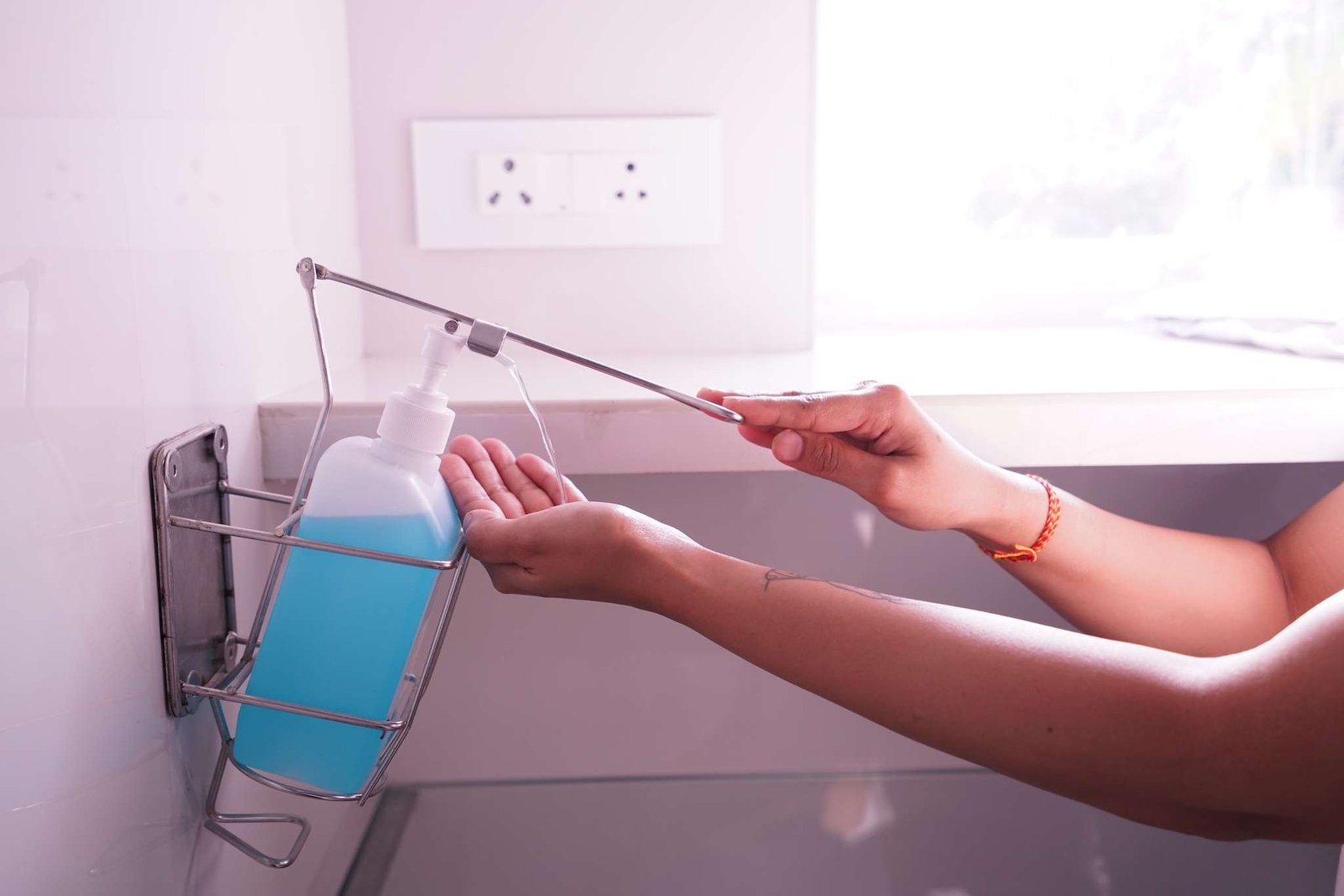
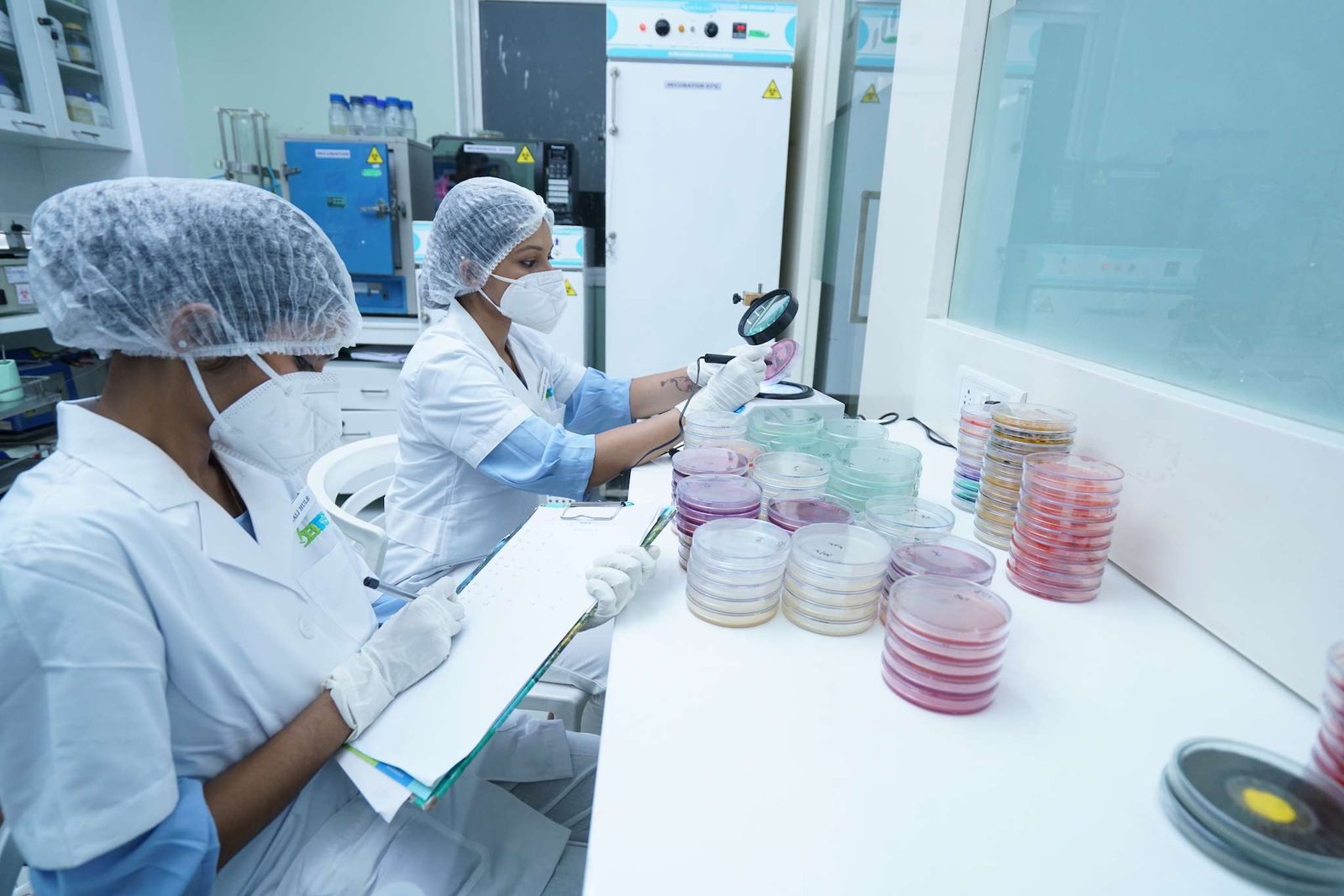
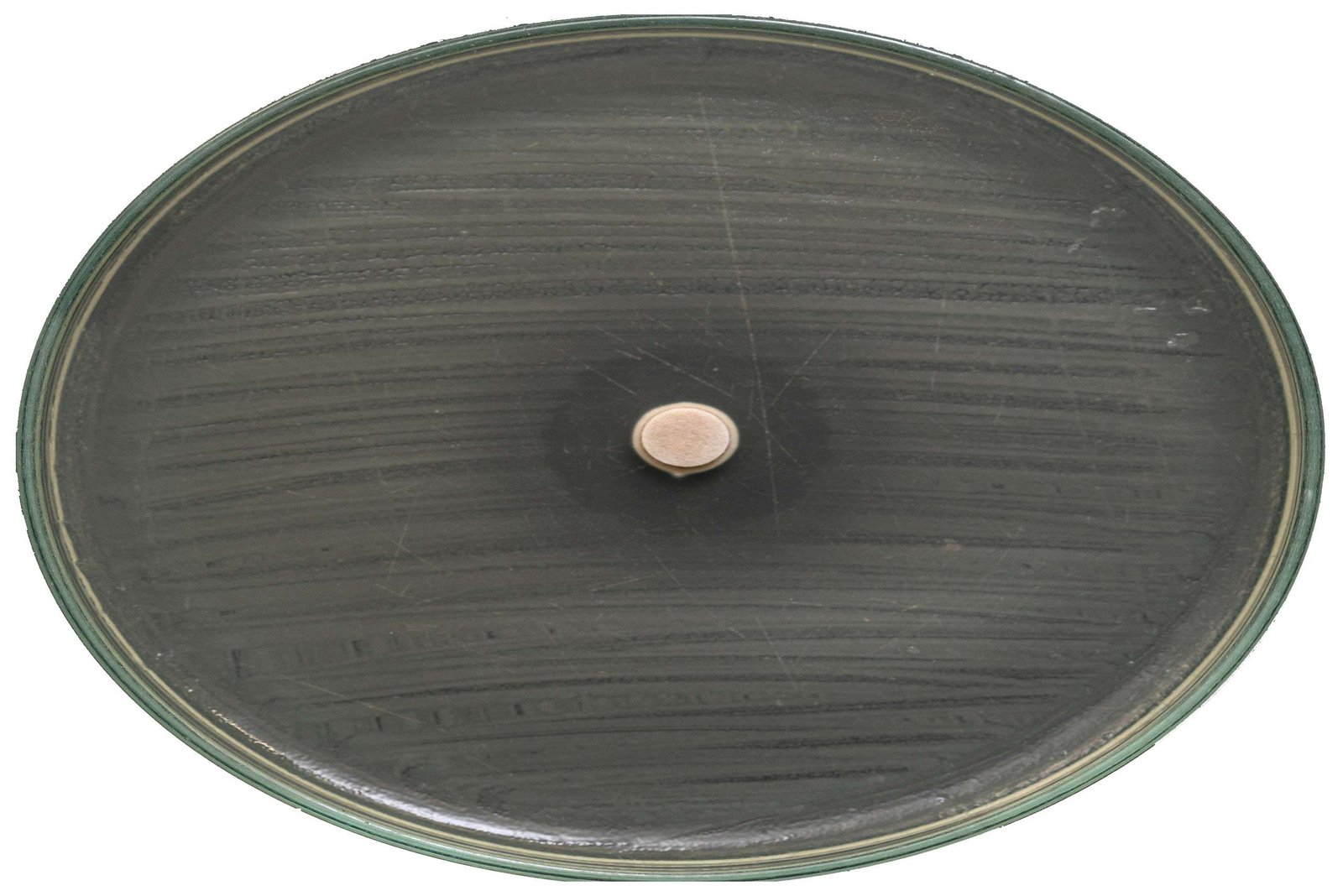
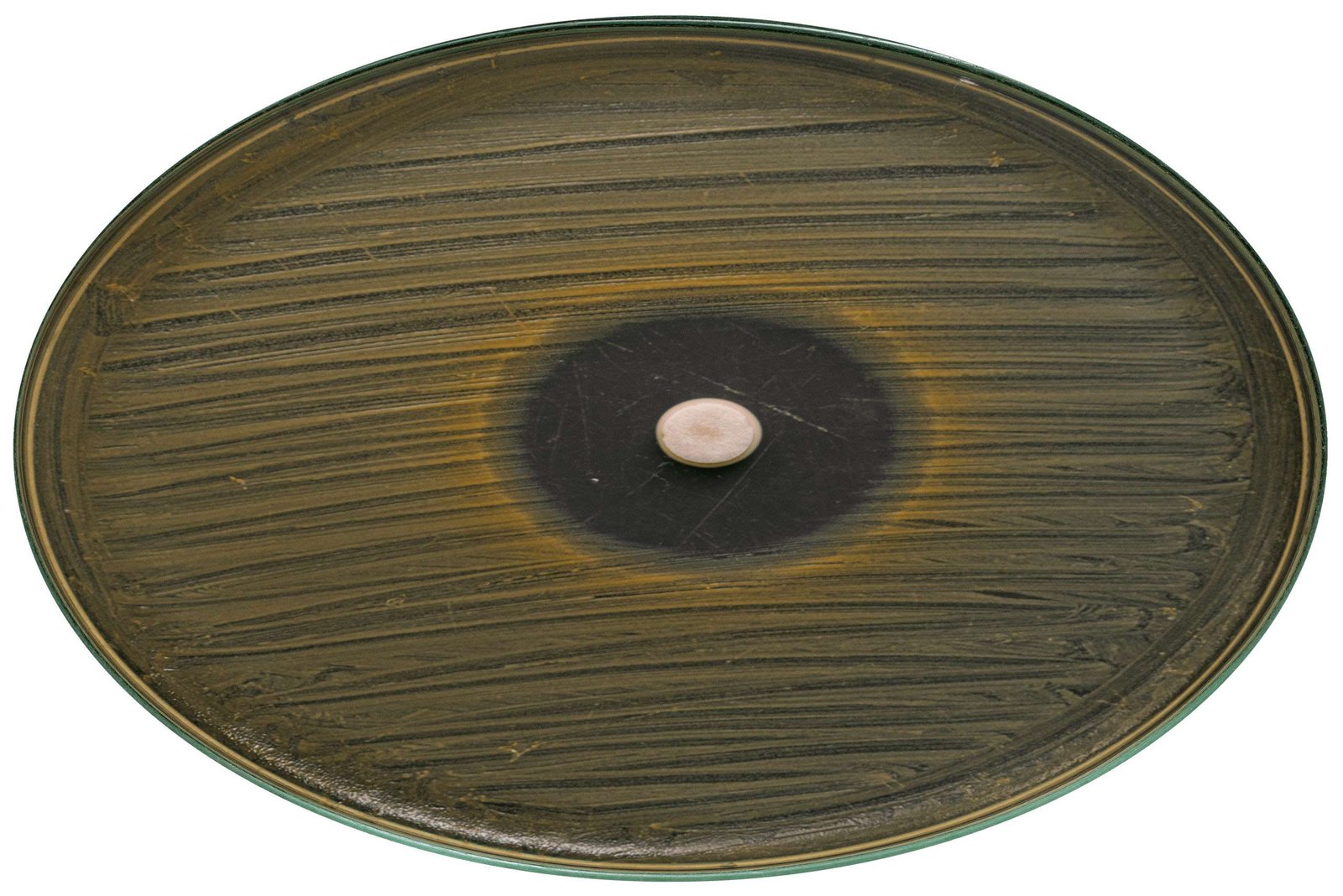
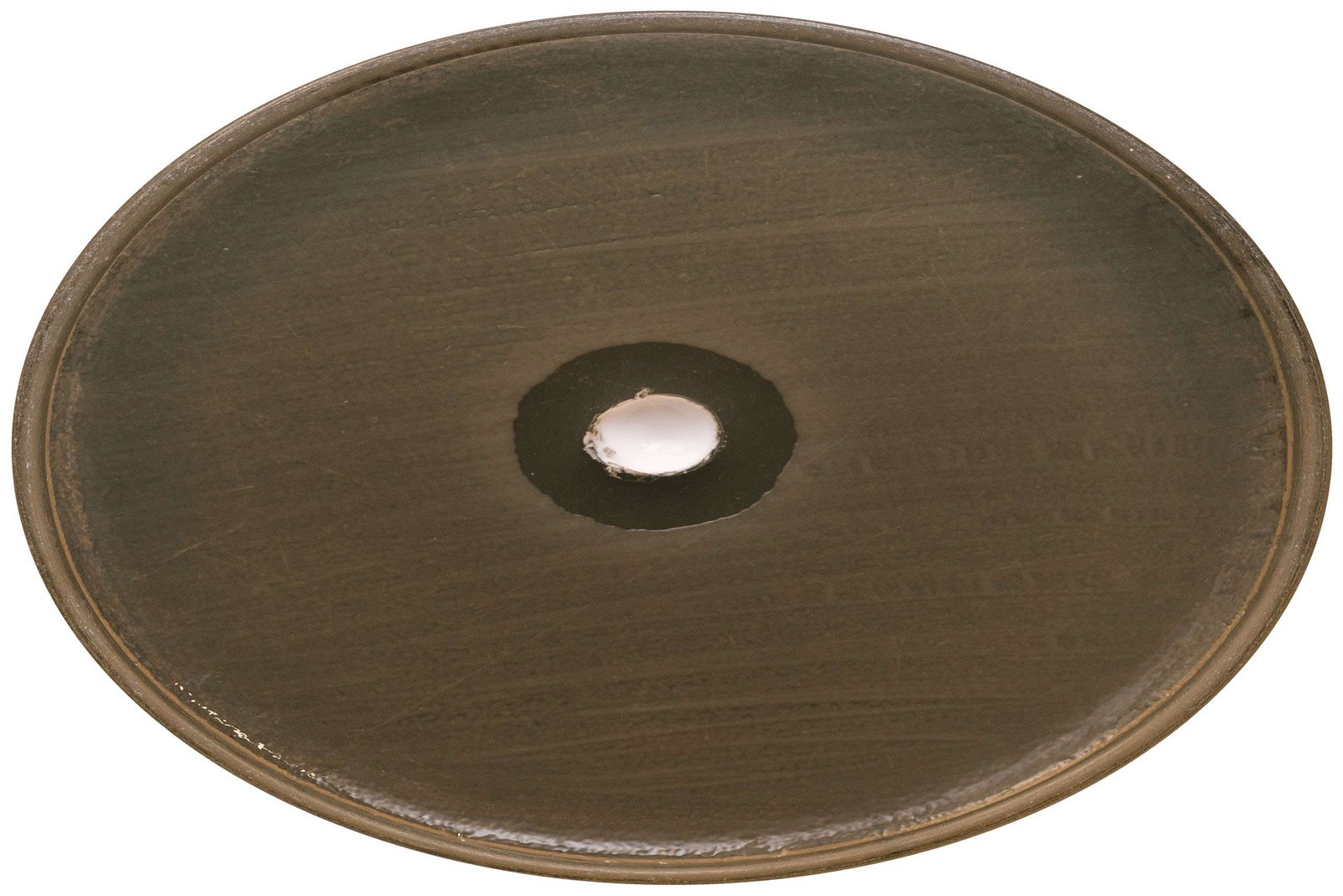
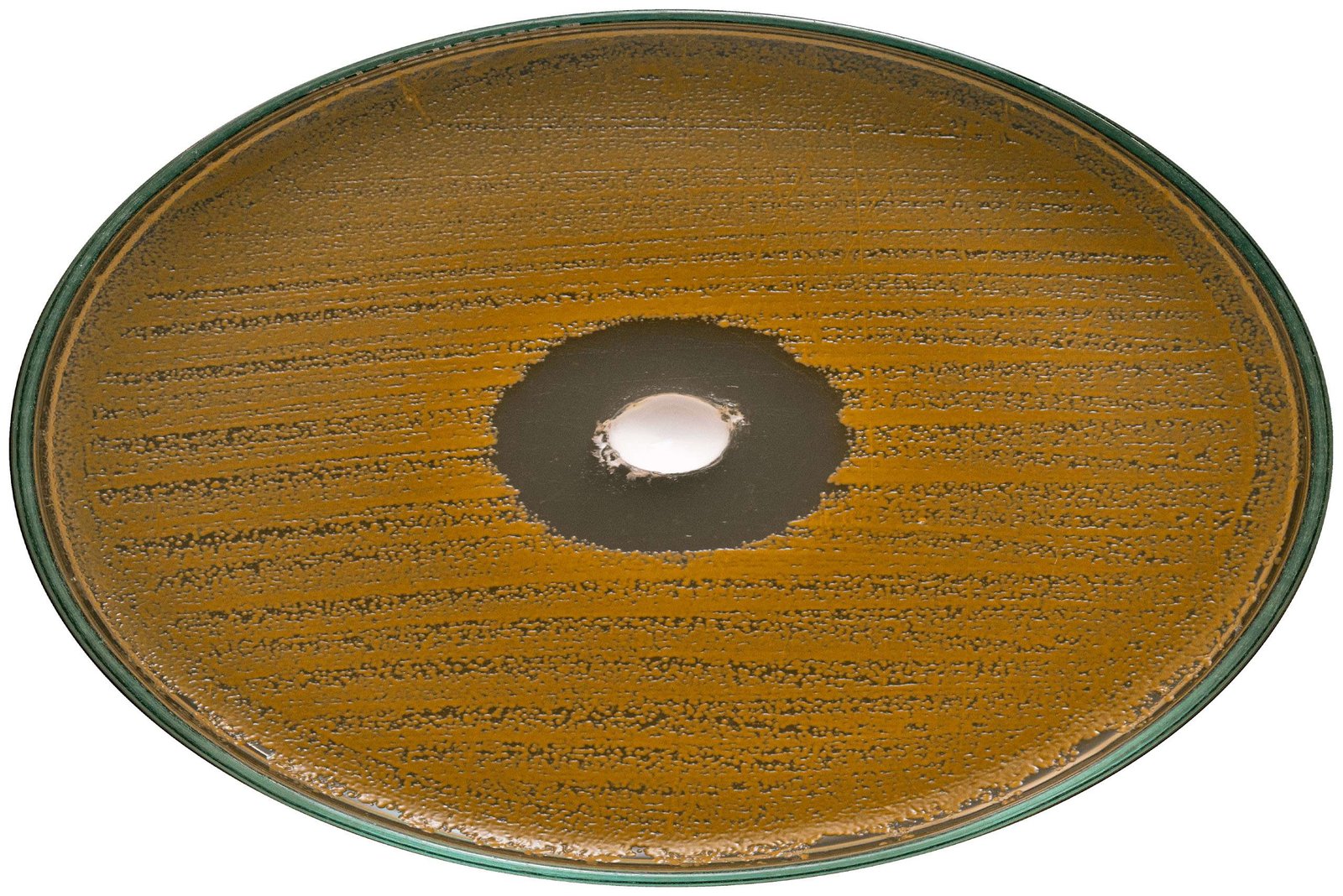
Disinfectant Testing
We are now aware, to disinfect our hands, surfaces we touch or sit on, any packages or groceries that arrive at our homes and this trend is going to continue over the coming years. Disinfection is a very critical aspect to the fight against Coronavirus and also other germs that might be harmful to humans. Thus, it is imperative that the efficacy of these disinfectants is evaluated. Disinfectants are used in the area of human medicine, the veterinary area and in food, Industrial, domestic and institutional areas, Pharmaceuticals and Hospitals.
Antimicrobial Efficacy of Disinfectants are evaluated by ASTM standards. There are various EN protocols based on Quantitative suspension test (Phase 2, step 1), Quantitative surface test (Phase 2, step 2), Quantitative carrier test (Phase 2, step 2), Volunteer based Surgical hand disinfection (Phase 2, step 2) tests. The Phase 2, step 1 and phase 2, step 2 tests are generally needed in combination to support efficacy claims for disinfectants or antiseptics.
Methods of Testing Chemical Disinfectants and Antiseptics
Minimum Inhibitory concentrations (MICs) are defined as the lowest concentration of an antimicrobial that will inhibit the visible growth of a microorganism after overnight incubation
Minimum Bactericidal concentrations (MBCs) are the lowest concentration of antimicrobial that will Kill/ prevent the growth of an organism after subculture on to antibiotic-free media.
MICs and MBCs are most often as a research tool to determine the in vitro activity of a biocide. This data for a biocide is then used formulating use of Biocide as Preservative, as Antimicrobial Coatings, as antimicrobial treatment etc.
MIC and MBC are determined for Bacteria as well as for Fungi. Broth dilution/ Agar dilution/ Microbroth dilution are most common methods.
Zone of Inhibition (ZOI) by Disc diffusion method / Kirby-Bauer method, Well Diffusion Method
Cylinder Cup method also help determine antibacterial/ antifungal property of formulation
Chemical disinfectants and antiseptics — Quantitative suspension test forthe evaluation of bactericidal activity of chemical disinfectants and antiseptics used infood, industrial, domestic, and institutional areas — Test method and requirements(phase 2, step 1)
Scope:
This standard applies to products that are used in food, industrial, domestic and institutional areas excluding areas and situations where disinfection is medically indicated. It also includes product that are used in Hand Hygiene.
The test involves testing of product with mandatory 4 organisms S. aureus, E. coli, P. aeruginosa, E. hirae at a temperature of 200C, contact time of 30s and 60s for Hygienic handrub and handwash; 1 minute and 5 minute for Surgical handrub and handwash; 5 min to 60 minutes based on practical application forInstrument/ Surface disinfection and interfering substance 0.3 g/l/ 3 g/l Bovine Serum Albumin as Clean/ Dirty conditions.
Results:
For the product to pass EN 1276, it must be able to achieve 5-log reduction / reduction of 99.99% bacteria; For Hand rub 5-log reduction / reduction of 99.99% bacteria; Hand wash 3-log reduction / reduction of 99.9% bacteria.
Chemical disinfectants and antiseptics — Quantitative suspension test for the evaluation of bactericidal activity of chemical disinfectants for instruments used in the medical area — Test method and requirements (phase 2, step 1)
Scope:
This standard applies to products that are used in the medical area in the fields of hygienic handrub, hygienic handwash, surgical handrub, surgical hand wash, instrument disinfection by immersion and surface disinfection by wiping, spraying, flooding or other means.
The test involves testing of product with mandatory 4 organisms S. aureus, E. coli, P. aeruginosa, E. hirae at a temperature of 200C, contact time of 30 s and 60 s for Hygienic handrub and Handwash; 1 to5 minutes for Surgical handrub and Handwash; 5 to 60 minutes for Instrument/ surface disinfection and interfering substance 0.3 g/l/ 3 g/l Bovine Serum Albumin as Clean/ Dirty conditions.
Results:
For the product to pass EN 13727, Hygienic handrubto achieve 5-log reduction / reduction of 99.99% bacteria; hygienic hand wash to achieve 2-log reduction / reduction of 99% bacteria.
Chemical disinfectants and antiseptics — Quantitative non-porous surface test for the evaluation of bactericidal and/or fungicidal activity of chemical disinfectants used in food, industrial, domestic and institutional areas — Test method and requirements without mechanical action (phase 2, step 2)
Scope:
This Standard specifies a test method for bactericidal and/or fungicidal or yeasticidal activity of chemical disinfectants that form a homogeneous physically stable preparation in hard water – in the case of ready-to-use products – with water in for hard surface disinfection.
The test involves testing of product with Test bacteria - S. aureus, E. coli, P. aeruginosa, E. Hirae and Fungus Candida albicans and Aspergillus braziliensis at a temperature range of 4 to 400 C, with contact time of 1 to 60 minutes based on practical application for Instrument/ Surface disinfection and interfering substance 0.3 g/l/ 3 g/l Bovine Serum Albumin as Clean/ Dirty conditions.
Results:
For the product to pass EN 13697, it must be able to achieve 4-log reduction / reduction of 99.99% bacteria and 3-log reduction / reduction of 99.9% Fungi.
Chemical disinfectants and antiseptics — Quantitative suspension test for the evaluation of mycobactericidal activity of chemical disinfectants in the medical area including instrument disinfectants – Test methods and requirements (phase 2, step 1)
Scope:
This standard applies to products that are Mycobactericidal that are used in the medical area. Tuberculocidal activity is tested individually sing Mycobacterium terrae and Mycobacterium avium, the surrogate of Mycobacterium tuberculosis.
The test involves testing of product with Mycobacterium at a temperature range of 4 to 400 C, with contact time of 1 to 60 minutes and interfering substance 0.3 g/l/ 3 g/l Bovine Serum Albumin as Clean/ Dirty conditions.
Results:
For the product to pass EN 14348, it must be able to achieve 4-log reduction / reduction of 99.99% Mycobacteria.
Chemical disinfectants and antiseptics — Hygienic handwash — Test method and requirements (phase 2/step 2)
Chemical disinfectants and antiseptics — Surgical hand disinfection — Test method and requirements (phase 2, step 2)
Assessment of anti-microbial activity using a time-kill procedure
Scope:
This Test measures the changes in a population of aerobic micro-organism within a specified sampling time when anti-microbial test materials are present.
The test involves taking dilution of a known population of microorganisms for a specified contact time at a specified temperature. Using appropriate neutralizing agent, surviving microorganism are enumerated. The Percentage of microbial reduction or log reduction is calculated.
Chemical disinfectants and antiseptics — Quantitative suspension test forthe evaluation of fungicidal activity of chemical disinfectants and antiseptics used infood, industrial, domestic, and institutional areas — Test method and requirements(phase 2, step 1)
Scope:
This standard applies to products that are used in food, industrial, domestic and institutional areas excluding areas and situations where disinfection is medically indicated. It also includes product that are used in Hand Hygiene.
The test involves testing of product with yeast Candida albicans and MoldAspergillusbraziliensisat a temperature of 200C, contact time of 30s and 60s for Hygienic handrub and handwash; 1 minute and 5 minute for Surgical handrub and handwash; 5 min to 60 minutes based on practical application forInstrument/ Surface disinfection and interfering substance 0.3 g/l/ 3 g/l Bovine Serum Albumin as Clean/ Dirty conditions.
Results:
For the product to pass EN 1650, it must be able to achieve 4-log reduction / 99.9% reduction of Fungi; For Hand rub 3-log reduction / reduction of 99.9% of Fungi; Hand wash 2-log reduction / reduction of 99% Fungi.
Chemical disinfectants and antiseptics — Quantitative suspension test forthe evaluation of fungicidal activity of chemical disinfectants for instruments used in the medical area —Test method and requirements (phase 2, step 1)
Scope:
This standard applies to products that are used in food, industrial, domestic and institutional areas excluding areas and situations where disinfection is medically indicated. It also includes product that are used in Hand Hygiene.
The test involves testing of product with yeast Candida albicans and MoldAspergillusbraziliensisat a temperature of 200C, contact time of 30s and 60s for Hygienic handrub and handwash; 1 minute and 5 minute for Surgical handrub and handwash; 5 min to 60 minutes based on practical application for Instrument/Surface disinfectionand interfering substance 0.3 g/l/ 3 g/l Bovine Serum Albumin as Clean/ Dirty conditions.
Results:
For the product to pass EN 13624, it must be able to achieve 4-log reduction / 99.9% reduction of Fungi of all the products; For Hand rub 3-log reduction / reduction of 99.9% of Fungi; Hand wash 2-log reduction / reduction of 99% Fungi.
Chemical disinfectants — Quantitative suspension test for the evaluation of sporicidal activity of chemical disinfectants used in food, industrial, domestic and institutional areas — Test method and requirements (phase 2, step 1)
Scope:
This standard applies to products that are sporicidal to be used in food, industrial, domestic and institutional areas excluding areas and situations where disinfection is medically indicated, also excluding the product that are used in Hand Hygiene.
The test involves testing of product with spores of Test bacteria – Bacilus subtilis, Clostridium sporogenes and Bacillus cereus at a temperature range of 4 to 750 C, with contact time of 1 to 60 minutes and interfering substance 0.3 g/l/ 3 g/l Bovine Serum Albumin as Clean/ Dirty conditions.
Results:
For the product to pass EN 13704, it must be able to achieve 3-log reduction / reduction of 99.9% bacterial spores.
Chemical disinfectants and antiseptics –Quantitative suspension test for the evaluation of virucidal activity in the medical area – Test method and requirements (Phase 2/Step 1)
Scope:
This standard applies to evaluation of Virucidal activity of Test products that are used in the medical area in the fields of hygienic handrub, hygienic hand wash, surgical handrub, surgical hand wash, instrument disinfection by immersion and surface disinfection by wiping, spraying, flooding or other means and Textile disinfection.
The test involves testing of product for Virucidal activity using Non enveloped -Poliovirus, Adenovirus, Murine Norovirus and Enveloped- Vaccinia virus at a temperature of 200C, contact time of 30 s and 60 s for Hygienic handrub and Handwash; at a temperature range of 20 to 700 C, contact time of 60 minutes for Instrument disinfection; at a temperature range of 4 to 300 C, contact time of 5 to 60 minutes for surface disinfection; at a temperature range of 30 to 700 C, contact time of 20 minutes for textile disinfection and interfering substance 0.3 g/l/ 3 g/l Bovine Serum Albumin as Clean/ Dirty conditions
Results:
For the product to pass EN 14476, it must be able to achieve 4-log reduction / reduction of 99.99% Viruses.
Volunteer based Tests on Hand Sanitization
For evaluating demonstration of Antibacterial activity in Hand wash and Handrub products in real life situation requires the help of Adult Humans as Volunteers. This requires Ethical Approval. These are comparative studies wrt Reference Formulation. Based on products, following trials are undertaken
Chemical disinfectants and antiseptics — Hygienic handrub — Test method and requirements (phase 2/step 2)
